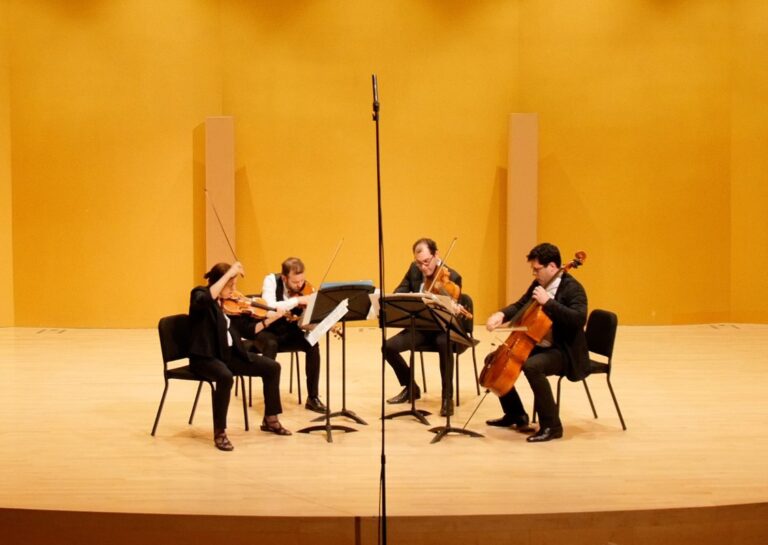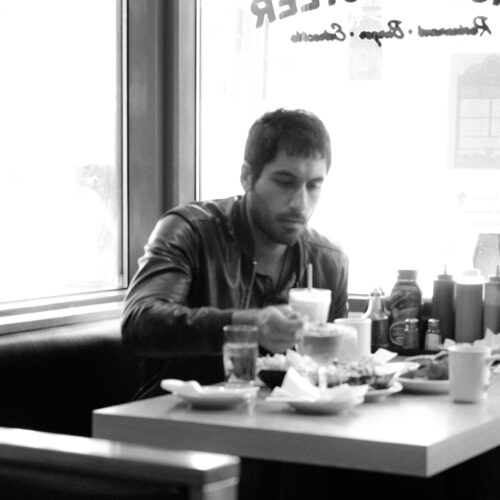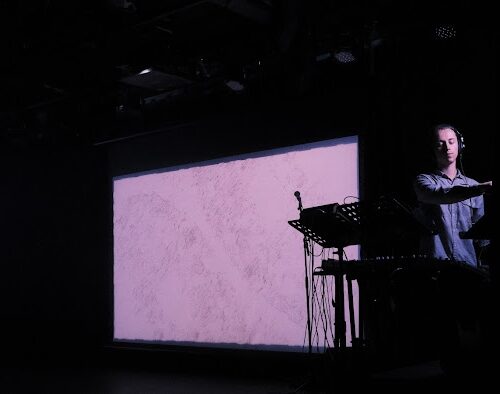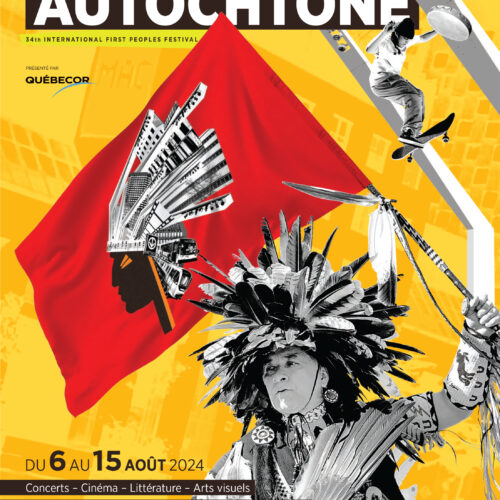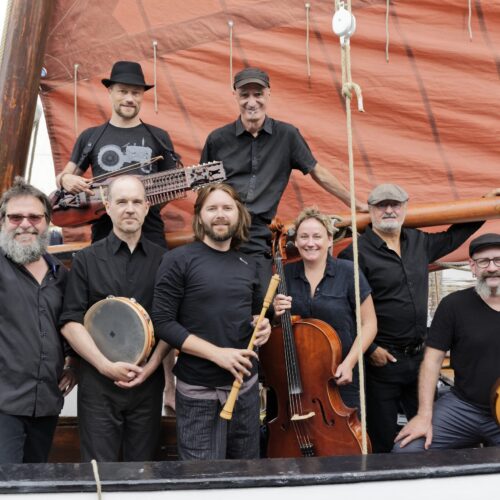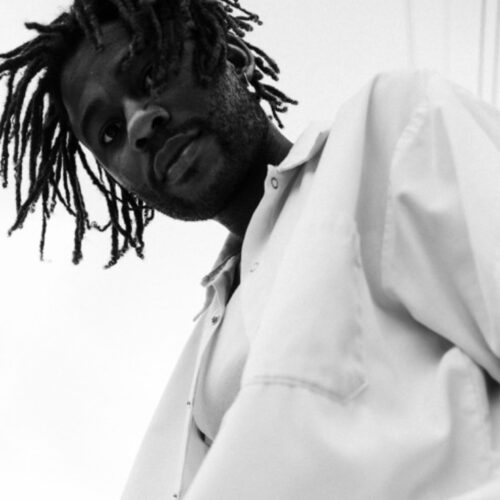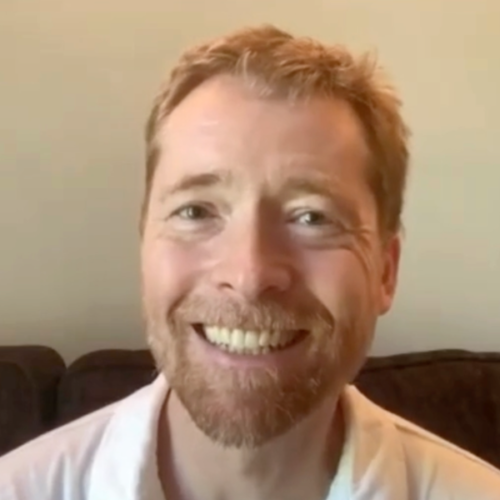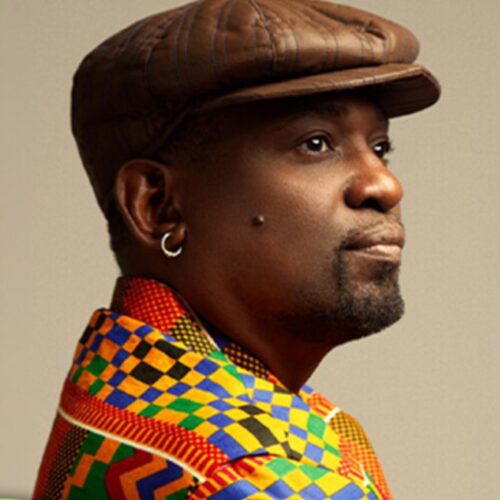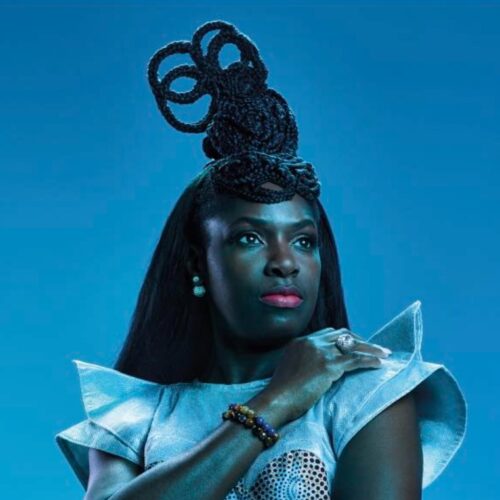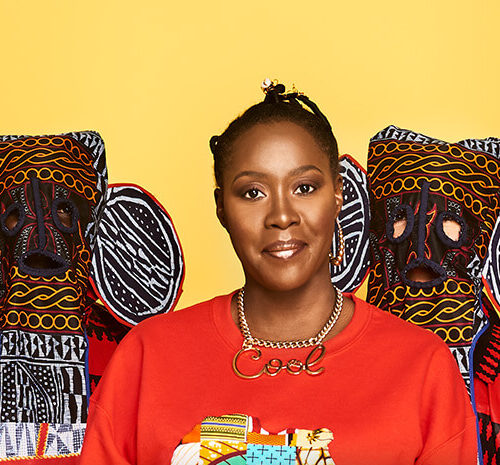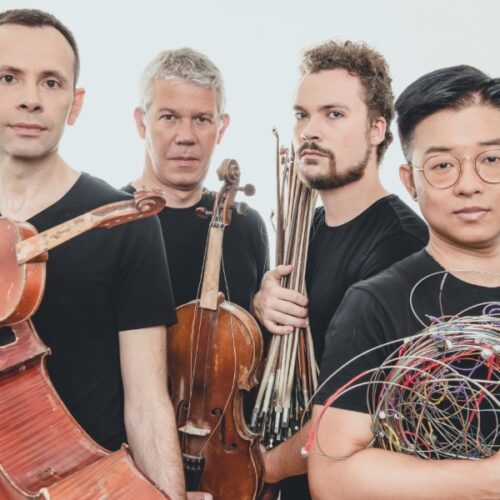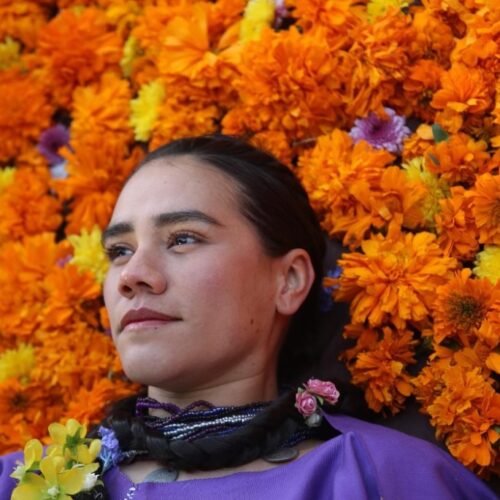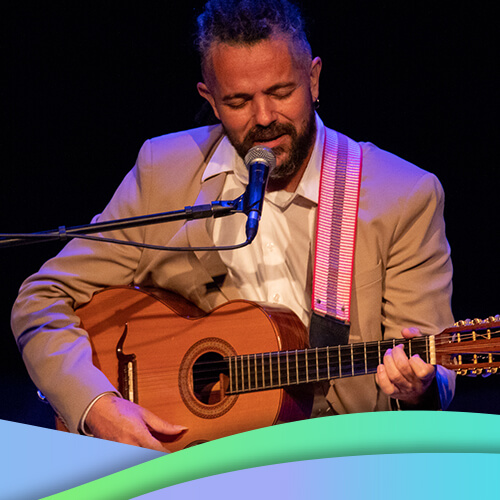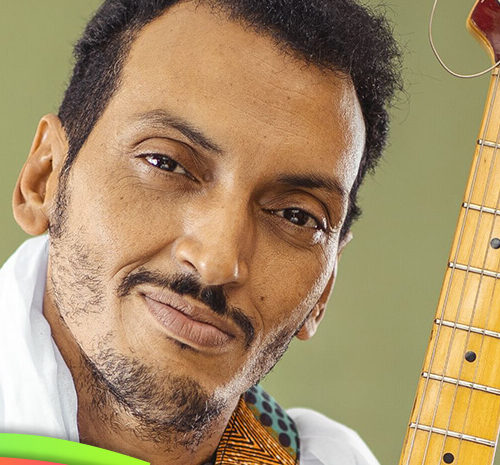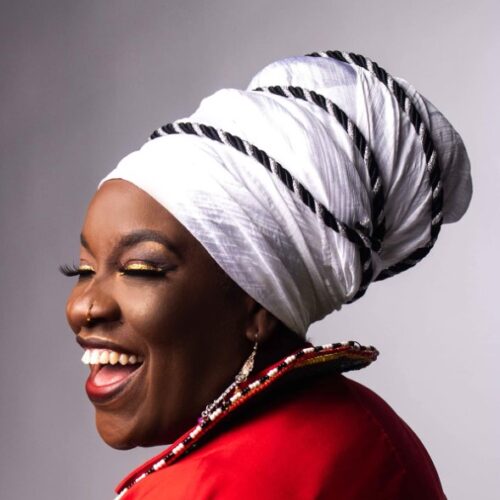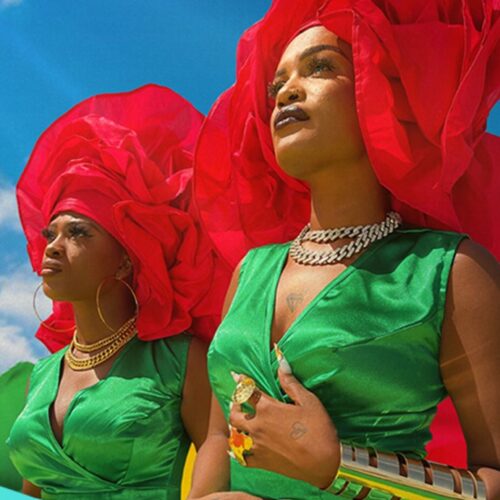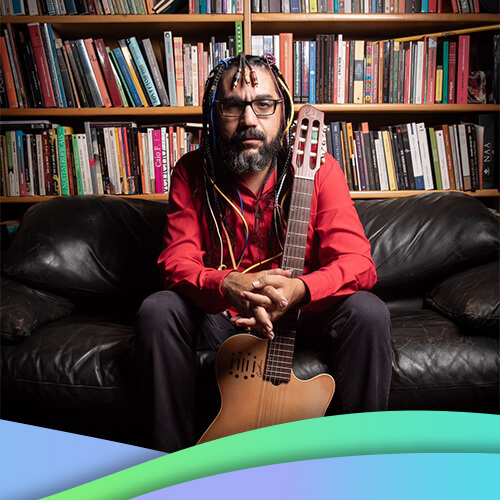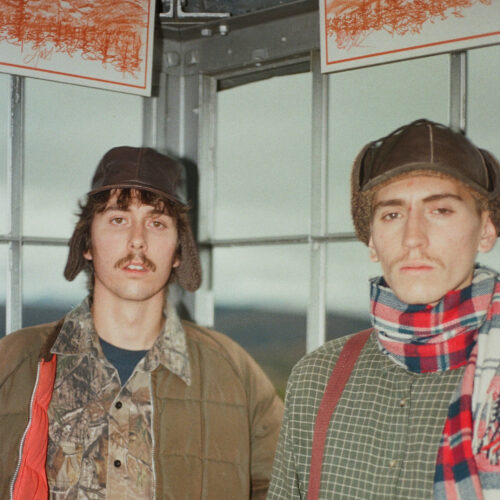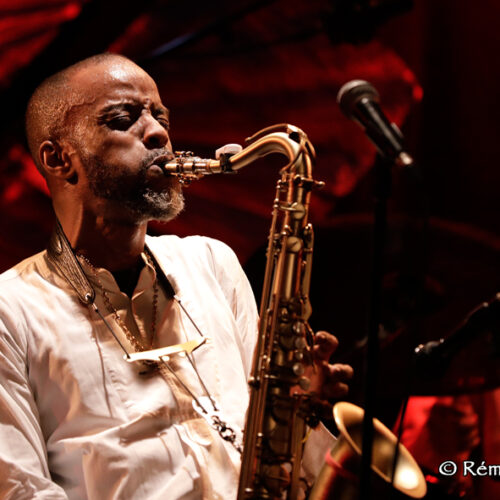Additional Information
The COVID hit the Molinari Quartet just before Christmas, so much so that the ensemble had to reschedule this rich program entitled Acoustic Exploration.
Made up of the most daring and avant-garde modern and contemporary works, the menu proposed next Wednesday calls upon the genius of the Polish Krzysztof Penderecki, the Hungarian Belà Bartok, the Romanian (of Greek background) Iannis Xenakis, whose 100th birthday was in 2022, but also the singular proposals of composers born at the gates of the Orient, namely the Iranian Showan Tavakol and the Azeri Franghiz Ali-Zadeh.
First violinist, artistic director and founder of the Molinari Quartet, Olga Ranzenhofer provides us with some insight into these works before their performance, scheduled for January 18, 7:30 p.m., at the Conservatoire de musique de Montréal.
PAN M 360: We discussed this program very briefly last September in the context of the Molinari Quartet’s entire season, let’s be more specific this time with the program Exploration sonore / Acoustic Exploration.
OLGA RANZENHOFER: When I chose the theme Sound Odyssey/ Odyssée sonore (performed last fall), I had already forgotten that I had previously found the title Acoustic Exploration/ Exploration sonore (laughs). But there is a common thread between the two programs, Odissey & Exploration, because some music is played in each. So we start the concert with an exploratory work by Penderecki, his Quartet No.1 composed in the 60s. The “sonorism”, an avant-garde tendency in Poland, was in full swing at that time. It was not necessary about making real notes, it was completely free! So it’s great noise… you tap your left hand on the strings, on the instrument, there are col legnos, pizzicatos and other effects. It’s a very powerful work that begins with noise and is then punctuated by these pizzicatos that grow in size. So there is a variety of proposals in a solid structure.
PAN M 360: So this was at the peak of Penderecki’s experimental period!
OLGA RANZENHOFER: Kind of, and it must be said that his score is very beautiful to watch, you have to obey unconventional signs and that creates a kind of tension in the performers. They have to play intensely while deciphering. The execution is not thought notated in bars but in seconds, there is a time line and every 5 seconds. Within these sequences, a vertical line separates each second and the notes fit in these intervals illustrated by these lines. You may then have to play at the beginning, middle or end of this interval. And there is a lot of randomness, a lot of freedom in the interpretation. As much as the score is very precise in time, there is a lot of leeway in the execution. We really appreciate this piece that was originally conceived for the LaSalle Quartet and that we also recorded.
PAN M 360: There is no easy way out, since you have chosen Xenakis’ “Ergma” to mark the 100th anniversary of his birth – on May 29, to be precise.
OLGA RANZENHOFER: We start with Penderecki’s sonorism and then move on to Xenakis, whose work is incredibly dense. Sometimes it sounds like we’re an octet! The instruments often play two notes at a time, often sevenths. It is a block of sound that demands great intensity from its performers. The rhythm is slow, peppered with plated chords. Really interesting, but not easy to play this Xenakis! In any case, it is a good introduction to this “mono-block” work, which includes a viola solo that plays fortissimo while the others play piano and make small interventions. Towards the end, we each play a note, a sort of lightening before we resume the octet effect. It creates a kind of uneasiness haha! A whole course.
PAN M 360: Then we move to the East, more precisely to Iran, with this composer who has settled in Montreal for his graduate studies.
OLGA RANZENHOFER: Showan Tavakol is doing his doctorate in composition in Montreal with Ana Sokolovic, and has composed for us a piece that he entitled Modal Hologram in several movements. From him, we propose this “Creation for quartet and kamancheh”. Showan, it must be said, is a virtuoso of this Persian hurdy-gurdy, played vertically. The work is thus conceived for quartet and kamancheh – two movements are planned with the soloist and the others for quartet alone. We explore Iranian modal music, which includes quarter tones or even two-thirds tones. We try to change our sound to meet the composer’s goal of merging his own traditions with contemporary Western music.
PAN M 360: From Iran we go to Azerbaijan.
OLGA RANZENHOFER: The work of the composer Franghiz Ali-Zadeh was written for Kronos Quartet, shortly after the tragic death of the son of the violinist David Harrington – musical director of the Kronos. It is more Western writing than that of her colleague, but it manages to bridge the gap between Western music and that of the desert territories of Azerbaijan. In this spirit, the work is entitled “Oasis”, which the composer herself describes as a place of calm, rest, refuge. The piece includes a recording with sounds of water drops, a song of the” gazelles of love”, of Iranian inspiration… I can hear the sound of caravans in the desert, I can perceive a human hubbub as we approach the oasis. And then we get there, aaaah! I also must say that it can have a double meaning, in the context of the deadly tragedy that occurred during the composition. The drops of water can also be tears…
PAN M 360: And we conclude with Bartok, his fantastic String Quartet No.3.
OLGA RANZENHOFER: We play recent works in this program: 1960, 1994, 2022 and… 1927! This piece by Bartok is of great modernity, it is the string quartet where he went the furthest in his research, with very particular effects for the time, and a very tight counterpoint. The second part arrives at the moment of the recapitulation of the first, this one arrives just before the recapitulation of the 2nd and so on. Everything is interwoven, tightly knit, it’s really great. A great sound exploration in 1927. So it will be a beautiful concert!
PROGRAM :
Krzysztof Penderecki: Quartet No. 1
Iannis Xenakis : Ergma
Showan Tavakol: Creation for Quartet and Kamancheh
Franghiz Ali-Zadeh : Oasis
Béla Bartók : Quartet No 3
